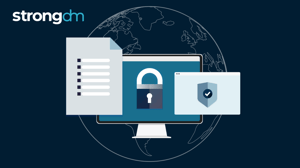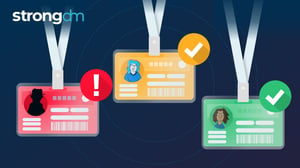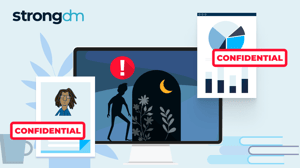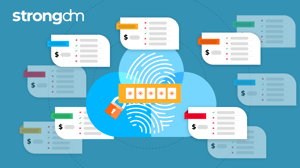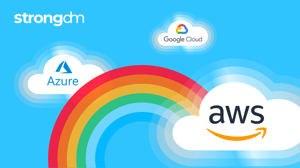
- Role-based, attribute-based, & just-in-time access to infrastructure
- Connect any person or service to any infrastructure, anywhere
- Logging like you've never seen

The great outdoors and your infrastructure have more in common than you might think. Both environments have diverse ecosystems and unique terrain, but they can also feel wild and untamed. In the spirit of adventuring and access, we wrote this blog to help you learn why you should conduct an annual access audit every year.
What Is An Annual Access Audit?
An annual access audit is the process of auditing which tools are in your stack, who has access to each of those tools, and adjusting that access as necessary. Audits help organizations proactively identify security risks and take corrective measures to mitigate them, reducing the likelihood of data breaches and cyber-attacks.
Why Do You Need To Audit Your Access?
As your organization grows and scales, it will inevitably onboard new personnel, create new teams, introduce new roles, and add new systems. Over time, this can lead to over- and under-provisioning, making it even more challenging to interpret what is happening in each system.
Innovation, democratized access to data, and new tools also drive more employees to gain access to a business’s critical systems—and these factors are a major reason why infrastructure access is snowballing out of control.
It often takes a significant financial or compliance event like an IPO or SOC 2 compliance to motivate organizations to address these issues head-on. But what about the other organizations that aren’t working toward SOC 2 or making an exit? What’s lurking in the shadows of their infrastructure? Committing to an annual access audit is one way to find out. Auditing your access can help your organization to:
- Reduce attack surface through proactive management of access
- Establish a consistent and standard approach to auditing infrastructure and tools
- Simplify and accelerate compliance
The annual access audit is a proactive step to protect your critical infrastructure. When conducted annually, organizations dramatically reduce the risk of an incident and save their organization money by preventing breaches. The cost of a security breach can be substantial, including lost revenue, reputational damage, and legal fees.
Recent research from Ponemon Institute shows that the average cost of a data breach has climbed nearly 13% from $3.86M in 2020 to an estimated $4.35M in 2022. By investing in regular access audits, companies can ensure that they are taking proactive steps to prevent security incidents, saving them money in the long run.
Organizations can also use access audit findings to support their compliance initiatives with industry regulations like NIST and ISO 27001. Regular access audits are essential to fulfilling these commitments, as they ensure access policies align with security requirements and privileges are granted only to those who need them.
How to Conduct an Effective Annual Access Audit
Infrastructure access will only get more complex as organizations grow and continue to embrace new technologies and the cloud. This means embracing the annual access audit approach will benefit your organization now and for years to come. If you need help getting started, try our free access workbook.
This workbook includes:
- The steps required to run a Role & Access Discovery project
- Tabs you can use to track the who, what, roles, and slices of roles and access
- Example test cases that show how you can match the case to the best role
We also have a webinar that breaks it all down if you want more instruction or motivation. Regardless of how you start, we want to encourage you just to get started! Embark on the annual access audit path, and don’t look back. Happy trails! 🥾
About the Author
Angela Donlan, Content Manager, Angela supports the marketing team by developing creative content that helps StrongDM tell its story in creative and authentic ways. Experienced in the advertising agency space and the consulting world, Angela spent her early career years serving as a client-facing writer and project manager for brands large and small. Her specialties range from brand development and strategic campaign planning to social media execution and long-form content production. Angela obtained her Bachelor of Science in Business Administration from the University of Tulsa. She majored in Marketing and Management and completed minors in Advertising and Communications during her time at TU. To contact Angela, visit her on LinkedIn.

You May Also Like
